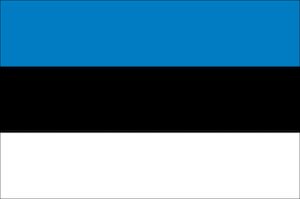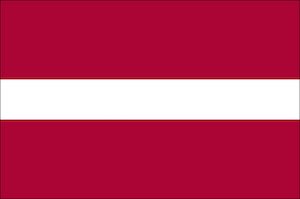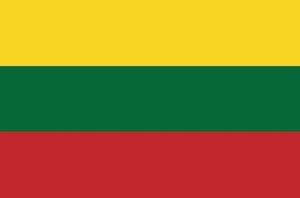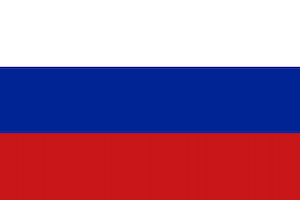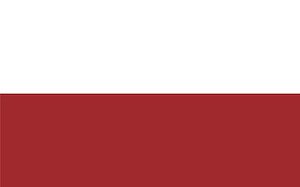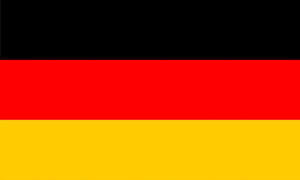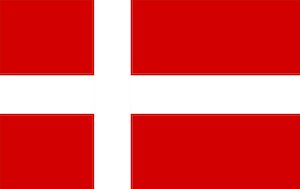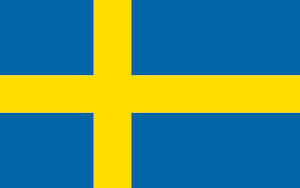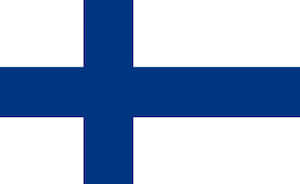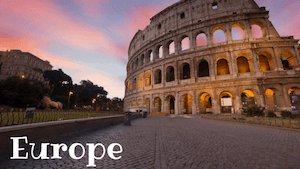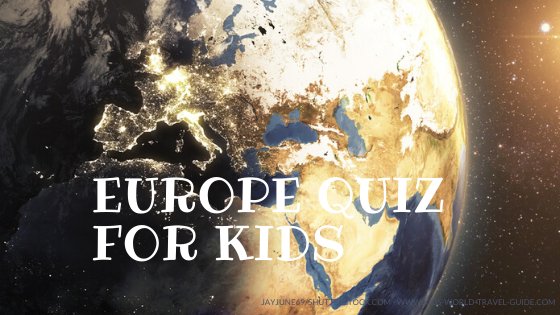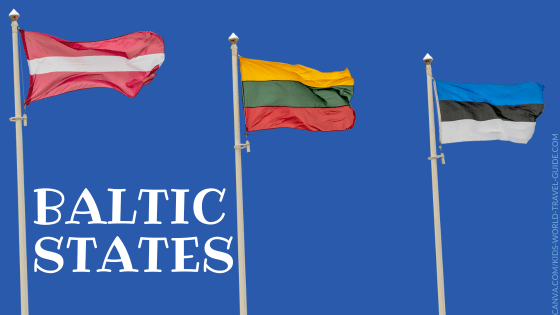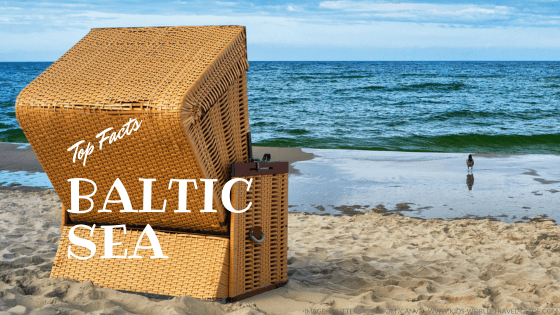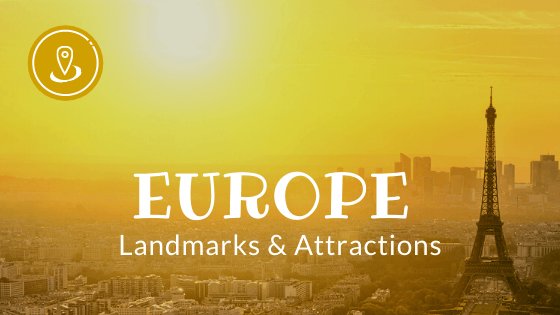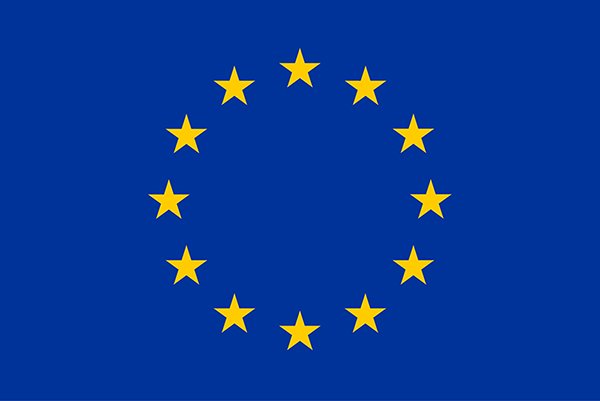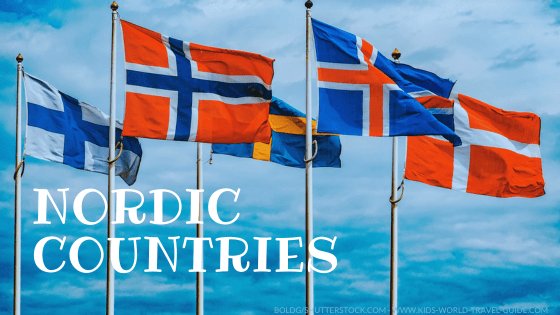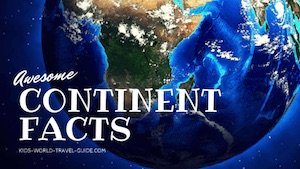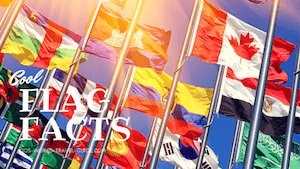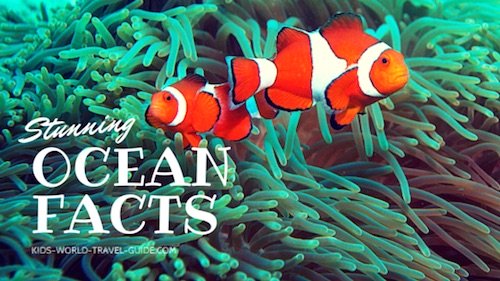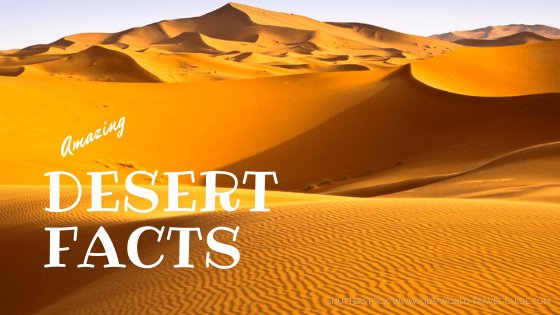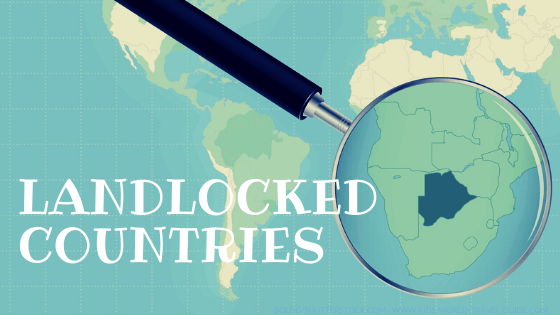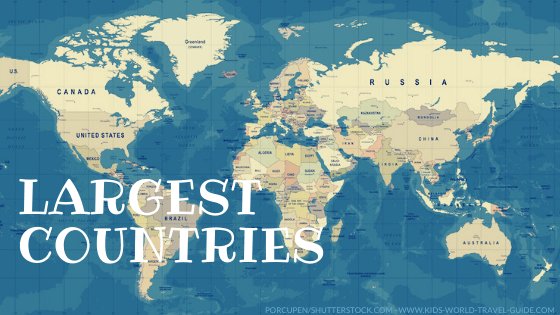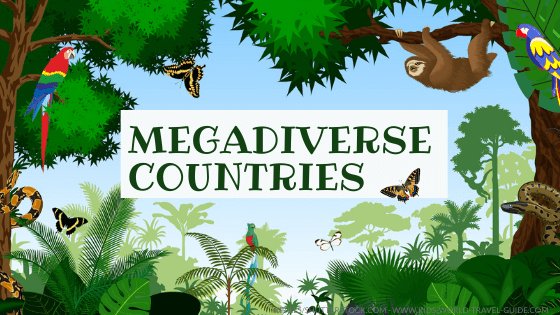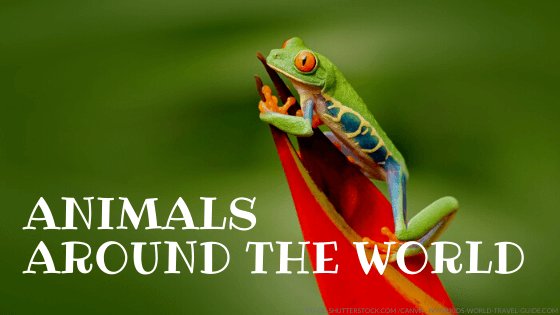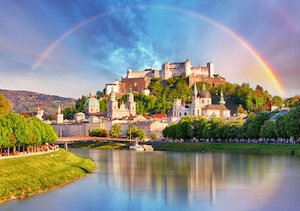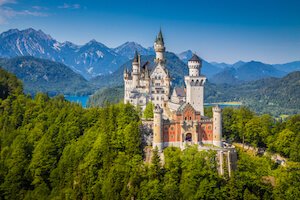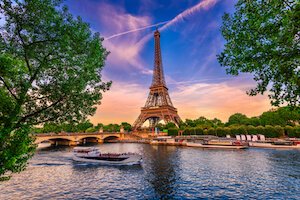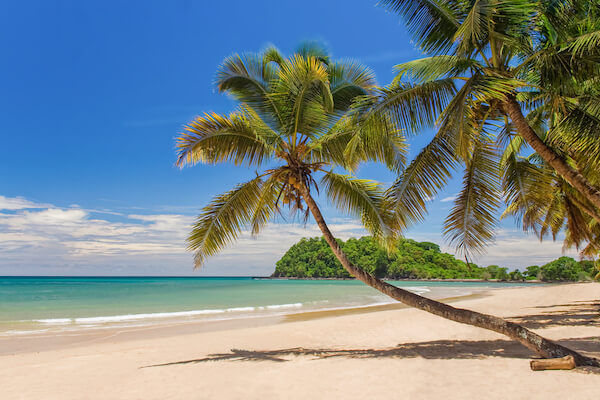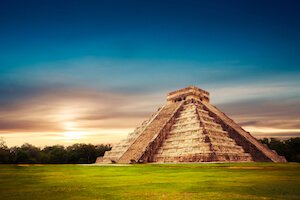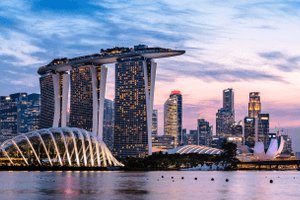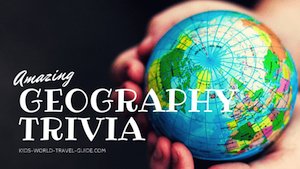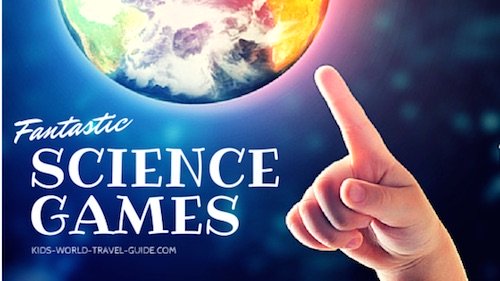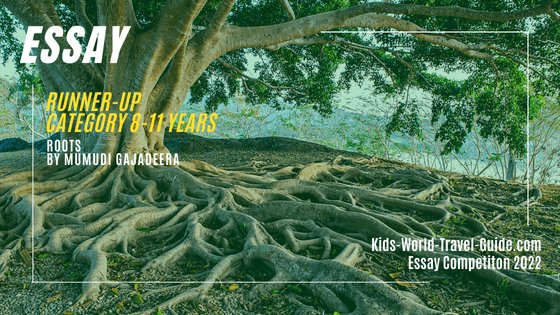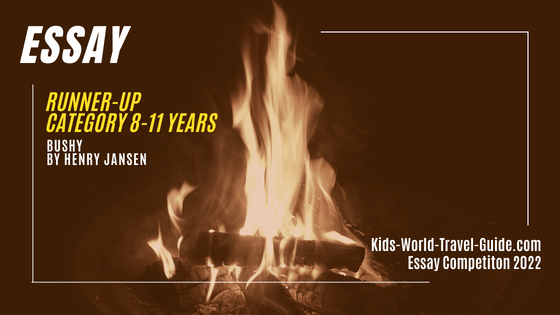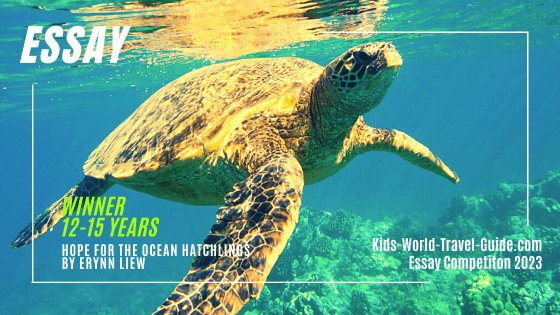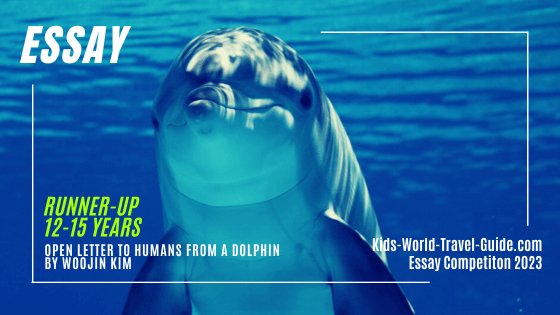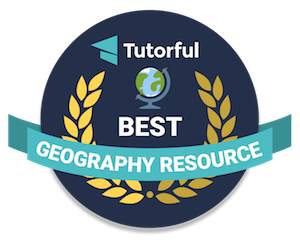- Homepage
- Ocean Facts
- Baltic Sea Facts
Baltic Sea Facts
Interesting Facts about the Baltic Sea for Kids
Here are the 20 most important and interesting Baltic Sea Facts which were chosen and researched especially for kids.

1. The Baltic Sea is situated in northeastern Europe, between the Baltic States, Scandinavia, Poland and Germany. The waterbody is bordered by nine countries.
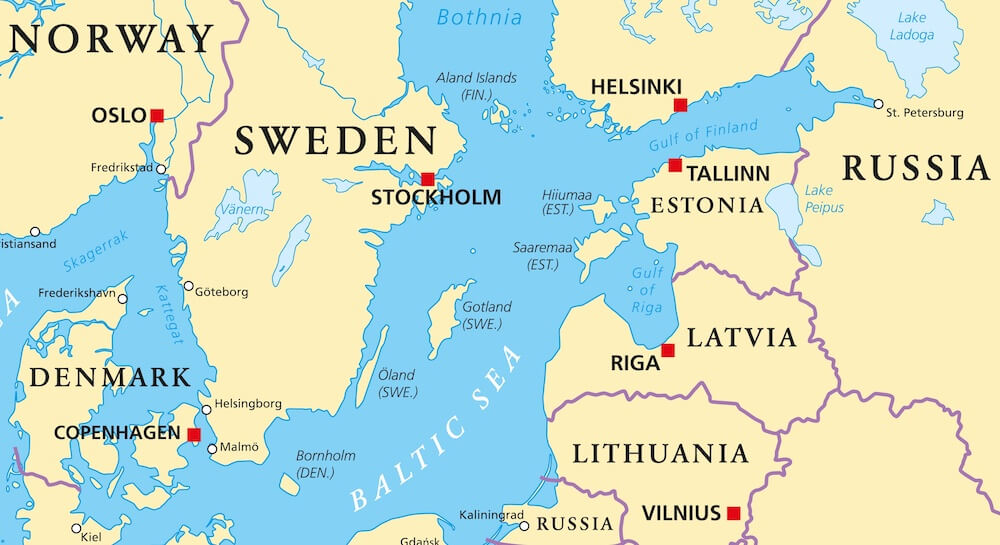
The nine countries bordering the Baltic Sea are the three Baltic States Estonia, Latvia and Lithuania as well as Russia, Poland, Germany, Denmark, Sweden and Finland.
2. The Baltic Sea is a marginal sea of the Atlantic Ocean which means it is an extension of the Ocean and bordered by land and as such considered an inland sea. The water of the Baltic is one of the most brackish of all the inland seas. This means the water contains large amounts of salt.
3. The Baltic Sea is an arm of the Atlantic Ocean and connected to the North Sea via the very narrow Danish Straits.
4. The shoreline of the Baltic Sea is about 8,000 km/ 5,000 miles in length. Sweden has the longest coastline of the Baltic Sea.
5. The seven rivers Göta, Kemi, Neva, Daugava, Nemunas, Vistula and Oder are biggest rivers that drain into the Baltic Sea. The Neva river that runs from Russia into the Gulf of Finland has the greatest drainage basin.
St Petersburg in Russia lies on the shores of the Neva and is the largest city on the Baltic Sea.
 Palace bridge over the Neva in Russia
Palace bridge over the Neva in Russia6. The Baltic Sea is one of the largest inland seas in the world and the second largest inland sea that is entirely in Europe - after the Mediterranean Sea.
7. The Baltic Sea is also our planet's largest brackish inland sea which means it contains less salty (saline) water than any other large inland sea. About one third of the deep seafloor is already considered a dead zone with hardly any oxygen.
8. The Baltic Sea is the youngest brackish sea on our planet! It only exists for 8,000 years. During the last ice age, the area of today's Baltic Sea was only a thick ice sheet!
9. The Baltic Sea covers an area of almost 350,000 square kilometers/ 135,000 square miles which is slightly smaller in size than the land area of Germany or the state of Montana in the USA!
 Lighthouse in Gdańsk/ Poland
Lighthouse in Gdańsk/ Poland10. The sea is mainly very shallow but reaches a maximum depth of 459 m/ 1,506 ft in Swedish waters. This deepest point is called Landsort Deep and is located in the Western Gotland Basin of Sweden.
11. The name "Baltic Sea" dates back to the medieval ages, more exactly from the name "Mare Balticum" that was given to the region by German historian Adam von Bremen. The term "balticus" refers to either the enclosed sea or the sea that wraps around the land like a belt. While the name is Baltic Sea in English, the Germanic languages refer to it as Eastern Sea and the Finnic language Estonian, they refer to it as Western Sea.
12. The largest islands of the Baltic Sea are Gotland and Öland (both in Sweden), Sareemaa (Estonia) and Lolland (Denmark).
 Limestone cliffs on Gotland's coastline
Limestone cliffs on Gotland's coastlineGotland is the largest island in the Baltic Sea. The island has is larger in land area than the countries of Luxembourg or Samoa.
Baltic Sea Facts | People and Landmarks
13. About 85 million live in the catchment area of the Baltic Sea. The largest cities around the Baltic Sea are St Petersburg (Russia) Stockholm (Sweden), Helsinki (Finland) and Copenhagen (Denmark).
14. Amongst the most famous landmarks of the Baltic Sea coastline are:
 Øresund bridge and tunnel connecting Denmark and Sweden
Øresund bridge and tunnel connecting Denmark and Sweden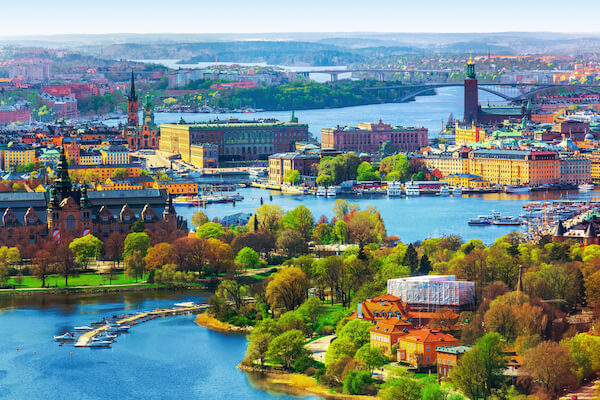 Old city (gamla stan) of Stockholm in Sweden
Old city (gamla stan) of Stockholm in Sweden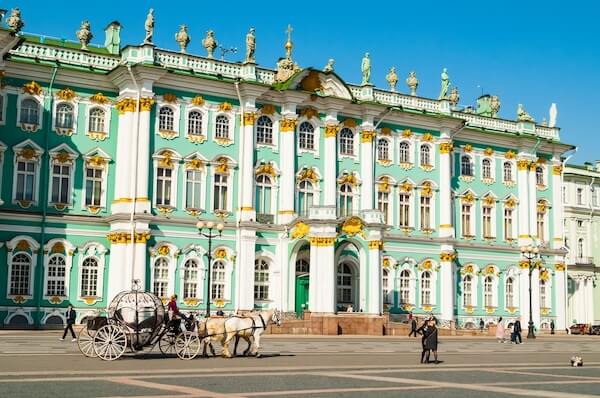 Hermitage in St Petersburg in Russia - image by Marina Zezelina
Hermitage in St Petersburg in Russia - image by Marina Zezelina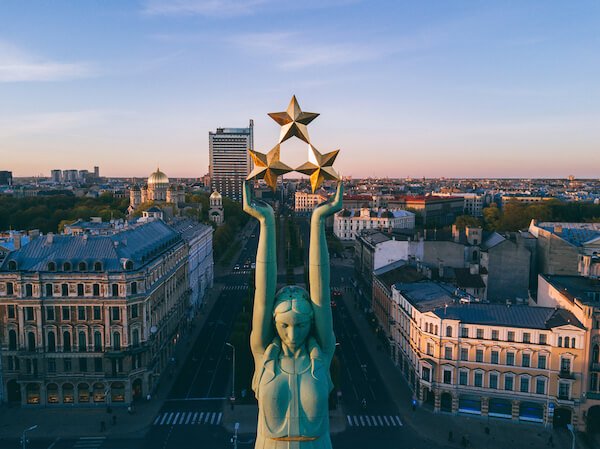 Riga's Freedom Monument in Latvia
Riga's Freedom Monument in Latvia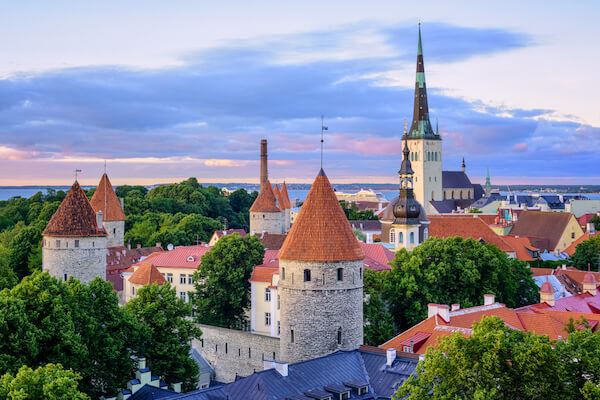 Walled city of Tallinn in Estonia
Walled city of Tallinn in Estonia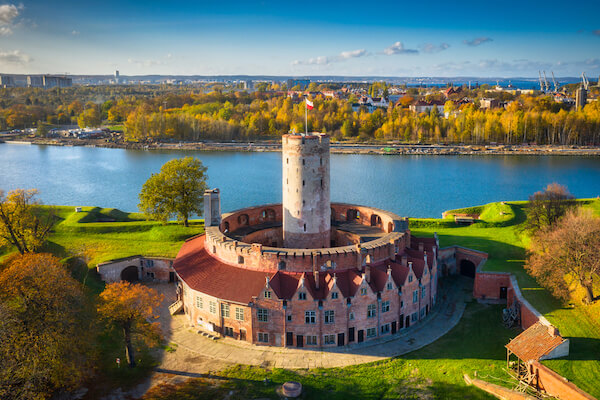 Wisłoujście Fortress in Gdańsk in Poland
Wisłoujście Fortress in Gdańsk in Poland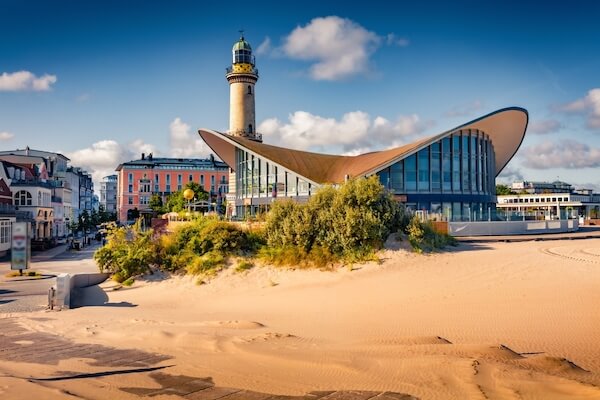 Warnemünde Lighthouse and Museum in Germany
Warnemünde Lighthouse and Museum in GermanyBaltic Sea Facts | Economy
15. Important ports on the Baltic Sea include Ust-Luga (Russia), Gdańsk (Poland), Klaipėda (Lithuania), Rostok (Germany) and Porvoo (Finland). There are about 1,000 ports around the Baltic Sea.
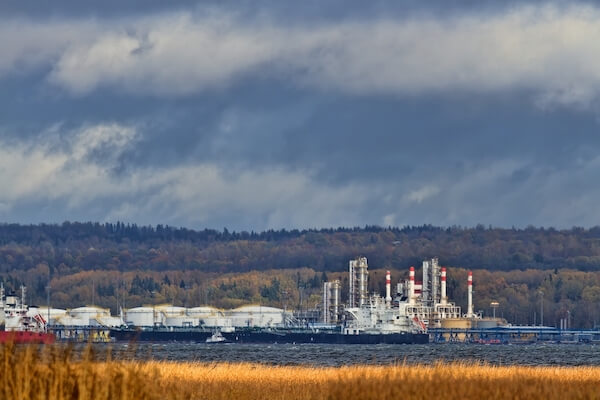 Baltic sea port in Ust-Luga/ Russia
Baltic sea port in Ust-Luga/ Russia16. The most important economic resources of the Baltic Sea region are timber, natural oil and gas and minerals such as iron and manganese. Large gas pipelines run from Russian and Norwegian gas fields to Germany and then to Central Europe.
The Baltics are known for their large mining sector, the ship building industry as well as the agriculture, forestry and fishing industry.
Animals of the Baltics
17. The Baltic Sea is home to fewer animal species than the open ocean. Either the salt level is either too low for the marine species or too high for the fresh water species. And especially in the northern and eastern parts of the Baltic Sea the temperature is very low in winter and large parts of the sea freeze.
18. Due to climate change many animal species in the region are in danger. The population of the grey seals that live in the northern icy waters declines due to the warming sea water.
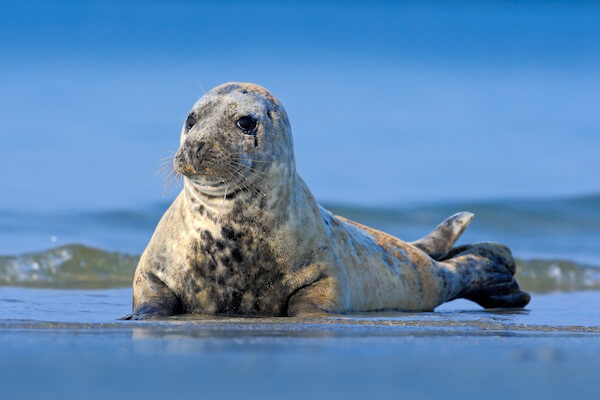 Grey seal
Grey sealBesides the marine fish species such the Atlantic salmon, cod or eel also freshwater species such as perch, pike and bream are common in the Baltic Sea region. Harbour porpoises, oystercatchers, herring gulls and little terns can also be found in the Baltic Sea.
19. Due to pollution, overfishing and the impact of increased shipping and trawling, the Baltic Sea faces serious environmental challenges. The more the ecosystem of the region is deteriorating, the less animal species will be able to live in the region.
 Oystercatcher with chick
Oystercatcher with chick20. The climate around the Baltic Sea varies from subarctic continental climate in the North and East to marine temperate climate in the southern and western parts.
Climate change affects the region massively with the winters getting shorter and the water getting warmer, which means the thickness of the winter ice sheets decreases while the sea level rises and coasts erode which will cause increased flooding in southern parts of the region.
Popular Pages
Baltic Sea Facts for Kids
Resources
Find more Baltic Sea Facts for further research here:
- Robert Spielhagen/Helmholtz Center for Ocean Studies. "The origins of the Baltic Sea". Geomar. Last accessed 3 October 2025
- Helsinki Commission. "Climate Change in the Baltic Sea. Factsheet 2021" HELCOM. Last accessed 3 October 2025
- Baltic Sea Conservation Foundation. "The Baltic Sea." BALTCF. Last accessed 30 August 2024
- Natalia Uryniuk. "Animals." Balticarium. Last accessed 3 October 2025
We hope you enjoyed reading our Baltic Sea Facts for Kids.
Picture credits on this page: Images from shutterstock
Return from Baltic Sea Facts to Kids World Travel Guide Homepage
Countries bordering the Baltic Sea
***
KidsWorldTravels
Travel Guides
Do you like what you read?

